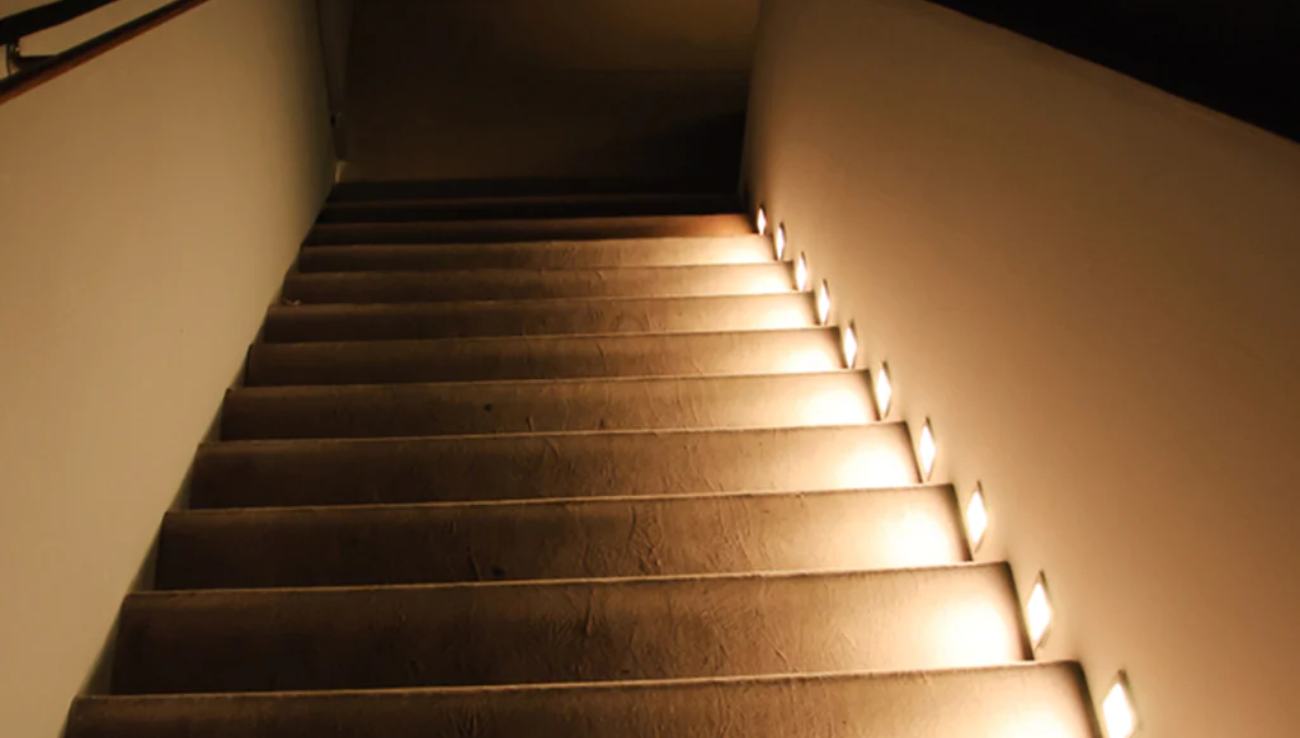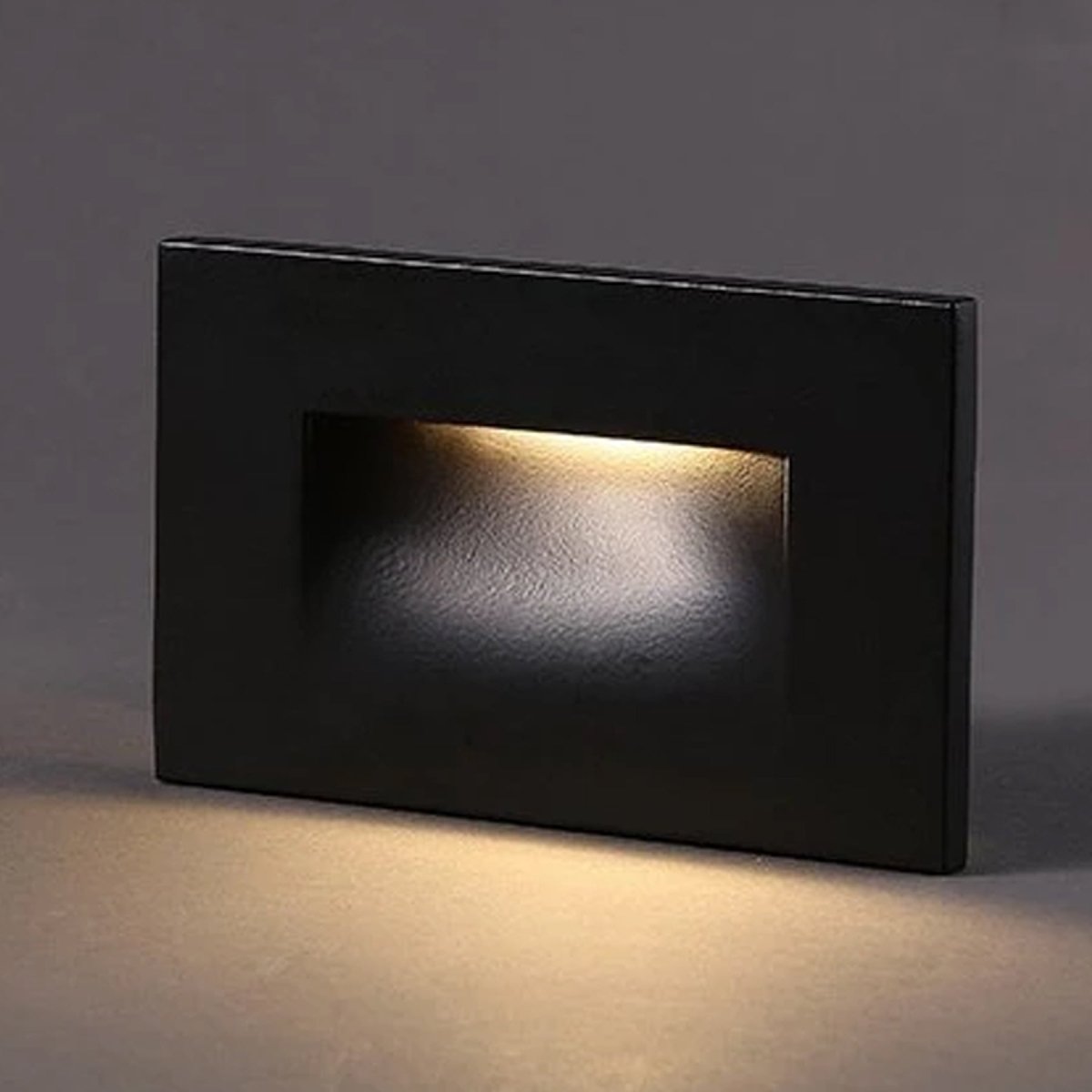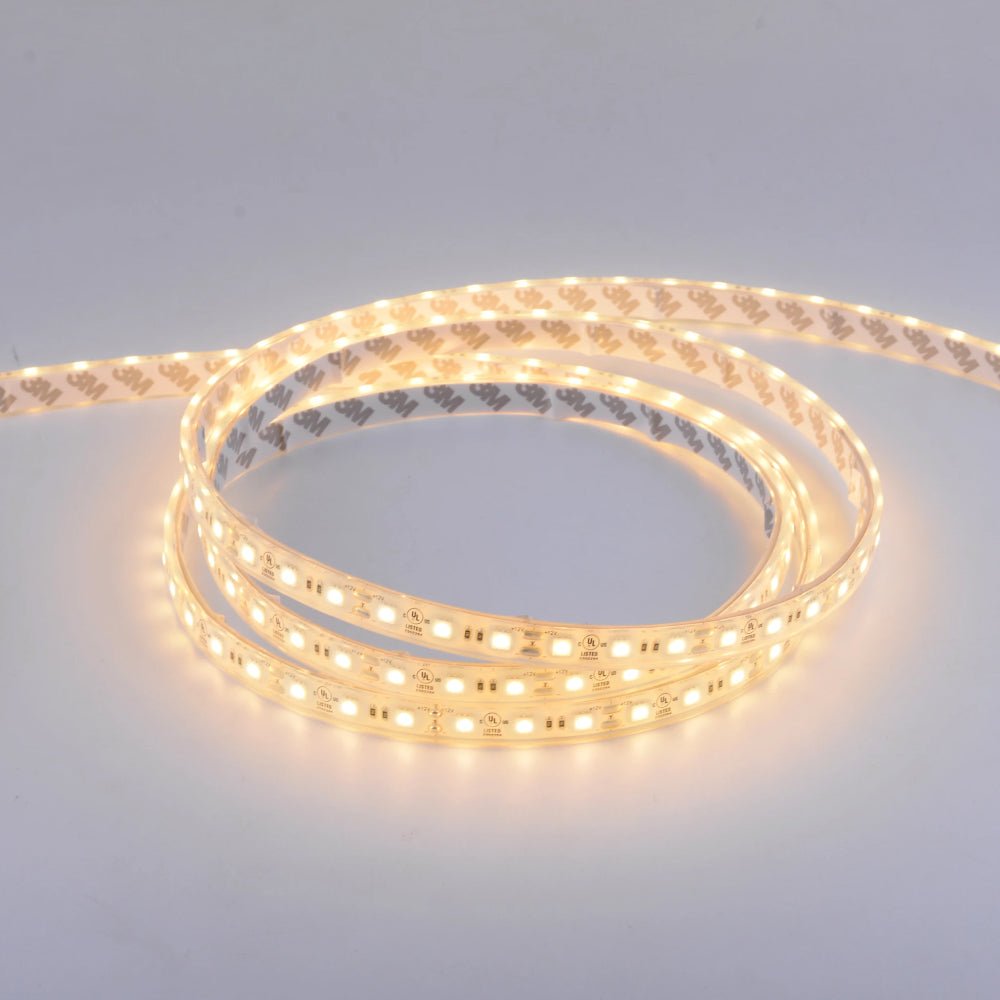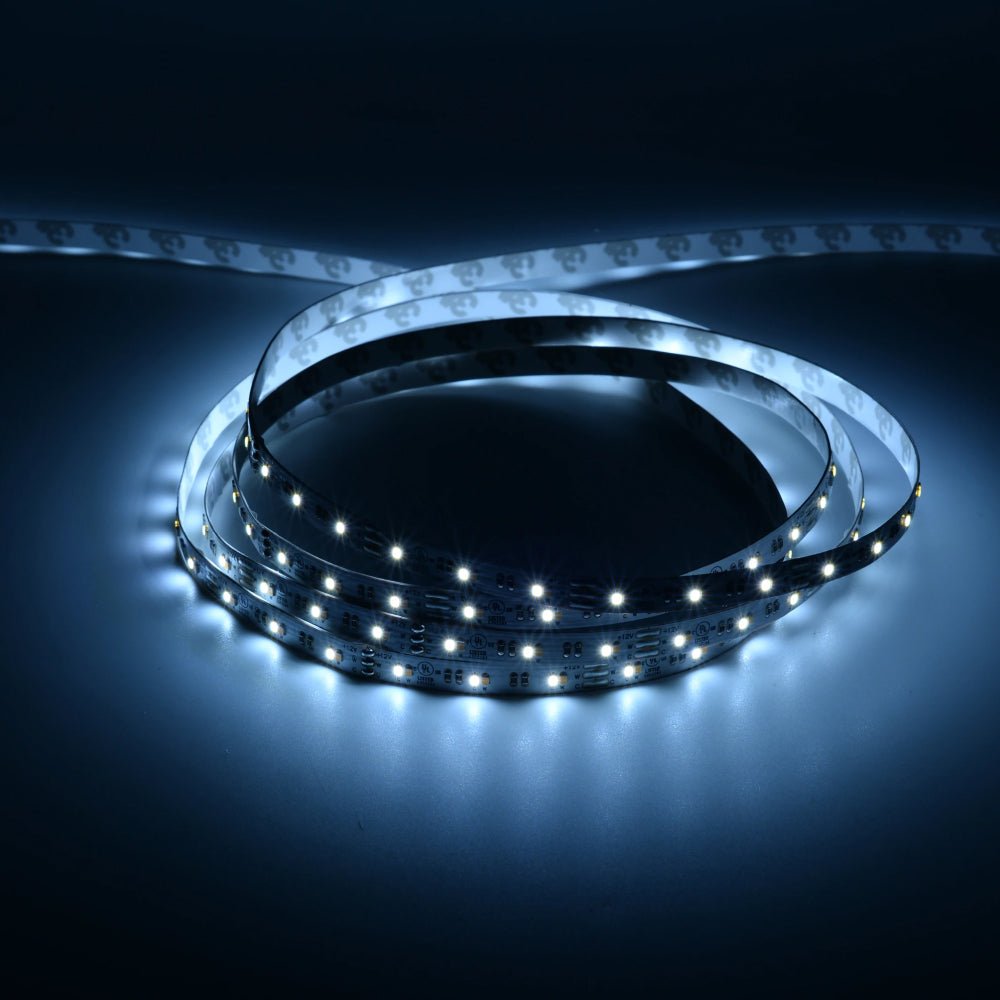LED step lights have become increasingly popular for both indoor and outdoor spaces due to their functionality, energy efficiency, and aesthetic appeal. However, one crucial aspect of installing LED Step Lights often gets overlooked: the height from the floor. Proper installation height is essential not only for ensuring safety but also for enhancing the overall visual appeal of the space. In this article, we will delve into the considerations and guidelines for determining the ideal height for LED step lights installation.
|
Table of Contents
|
Understanding LED Step Lights
LED step lights are fixtures designed to illuminate staircases, pathways, decks, and other areas with steps. They provide a soft, ambient glow that enhances visibility and adds a touch of elegance to the surroundings. Unlike traditional lighting options, LED step lights offer energy efficiency, durability, and versatility, making them a preferred choice for modern lighting designs.
Factors to Consider for Proper Installation Height
Several factors should be taken into account when determining the appropriate height for installing LED step lights:
Safety Considerations
Safety should always be the top priority when installing any type of lighting, especially in areas prone to foot traffic. LED step lights should be positioned at a height that ensures they do not obstruct the path or pose a tripping hazard. Additionally, the brightness and angle of the light should be adjusted to prevent glare and provide adequate illumination without causing discomfort to the eyes.
Aesthetic Considerations
In addition to safety, the aesthetic aspect plays a crucial role in determining the installation height of LED step lights. The lights should be positioned at a height that complements the overall design theme of the space. Whether it's highlighting architectural features or creating a subtle ambiance, the placement of LED step lights can significantly impact the visual appeal of the area.
Recommended Height for LED Step Lights
While there are no strict rules for determining the height of LED step lights, some general guidelines can help ensure optimal placement:
General Guidelines
- For indoor applications, LED step lights are typically installed 12-18 inches above the steps.
- Outdoor installations may require slightly higher placement, usually around 18-24 inches above the steps, to account for variations in terrain and weather conditions.
Variations Based on Specific Settings
- In areas with high foot traffic or where additional illumination is needed, such as commercial buildings or outdoor staircases, LED step lights may be installed closer to the ground for enhanced visibility.
- For decorative purposes or accent lighting, LED step lights can be mounted higher to create a softer, more diffuse glow that adds depth and dimension to the space.

Installation Tips for LED Step Lights
To ensure optimal performance and longevity of LED step lights, proper installation is essential. Here are some tips to keep in mind:
Proper Spacing
- Maintain consistent spacing between each light to achieve uniform illumination along the entire staircase or pathway.
- Consider the size and shape of the steps when determining the number and placement of LED step lights to avoid overcrowding or gaps in lighting coverage.
Wiring Considerations
- Plan the wiring layout carefully to minimize exposure to moisture, debris, and other environmental factors that may affect the performance of LED step lights.
- Use waterproof connectors and cable management systems to protect the wiring from damage and ensure reliable operation in all conditions.
Common Mistakes to Avoid
Despite the importance of proper installation height, there are some common mistakes that homeowners and contractors often make:
Placing Lights Too Low
- Installing LED step lights too close to the ground can create a harsh glare and diminish the overall effectiveness of the lighting.
- Low-mounted lights are also more susceptible to damage from foot traffic, moisture, and debris, leading to frequent maintenance and replacement.
Installing Lights Unevenly
- Failing to maintain consistent height and spacing between LED step lights can result in uneven lighting and detract from the aesthetic appeal of the space.
- Careful planning and precise installation are essential to achieve a cohesive and visually pleasing lighting design.
Maintenance and Care Tips
To prolong the lifespan of LED step lights and ensure they continue to perform optimally, regular maintenance is necessary:
Cleaning Procedures
- Periodically clean the lenses and housing of LED step lights to remove dirt, dust, and other debris that may accumulate over time.
- Use a soft, damp cloth or mild detergent solution to gently wipe away any residue without causing damage to the fixtures.
Checking for Damage
- Inspect the wiring, seals, and mounting hardware of LED step lights regularly for signs of wear, corrosion, or deterioration.
- Replace any damaged or malfunctioning components promptly to prevent safety hazards and maintain the integrity of the lighting system.

In conclusion, the height at which LED step lights should be installed plays a crucial role in ensuring both safety and aesthetics. By considering factors such as safety requirements, design preferences, and environmental conditions, homeowners and contractors can achieve optimal lighting effects that enhance the functionality and visual appeal of indoor and outdoor spaces alike.
FAQs
-
How do I determine the ideal height for LED step lights?
The ideal height for LED step lights depends on various factors, including safety considerations, aesthetic preferences, and the specific characteristics of the space. Generally, lights should be installed at a height that provides adequate illumination without obstructing the path or causing glare.
-
Can LED step lights be installed at different heights along the staircase?
Yes, LED step lights can be installed at different heights to achieve specific lighting effects or accommodate variations in terrain. However, it's essential to maintain consistency in spacing and brightness to ensure uniform illumination and visual coherence.
-
What are some common mistakes to avoid when installing LED step lights?
Common mistakes include placing lights too low, installing them unevenly, and neglecting proper wiring and waterproofing procedures. These errors can compromise safety, diminish lighting effectiveness, and result in costly maintenance issues over time.
-
How often should LED step lights be cleaned and maintained?
LED step lights should be cleaned and inspected regularly to remove dirt, dust, and debris that may accumulate on the lenses and housing. Additionally, wiring, seals, and mounting hardware should be checked periodically for signs of damage or deterioration.
-
Are there specific guidelines for outdoor LED step light installations?
Outdoor LED step lights may require slightly higher placement to account for variations in terrain and weather conditions. Additionally, waterproof connectors and cable management systems should be used to protect the wiring from moisture and environmental damage.


















































































